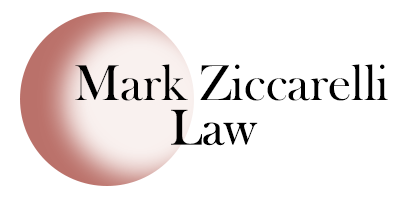Subrogation and your Personal Injury Claim – Part Two
Please see part one of this post for a definition of subrogation here.
Once it is understood who the first and third parties are, and what a payor of benefits is, the question remains as to why you, the injured party, would need to reimburse a payor of benefits relative to accident related treatment. The reason being that the third or first party came to a settlement agreement on the basis of two fundamental categories: economic losses and non-economic losses. Non-economic losses are commonly known as pain and suffering. Economic losses are medical bills, out of pocket expenses, and wage loss.
The reasoning stands, that since the injured party is compensated for the value of the medical bills, the payor of such medical bills is entitled to reimbursement. Essentially ensuring, albeit in a round about fashion, that the at-fault driver pays for all accident related treatment and expenses. Granted, in the case of first party settlements, or an uninsured or underinsured claim, the settlement is coming from benefits paid by the insured due to the lack of an at-fault carrier.
This explanation barley scratches the surface of what subrogation is and what it means for your personal injury claim. That is why it is vital to have a knowledgeable attorney who is well versed in the regulations and procedures of subrogation and how it relates to your claim.

